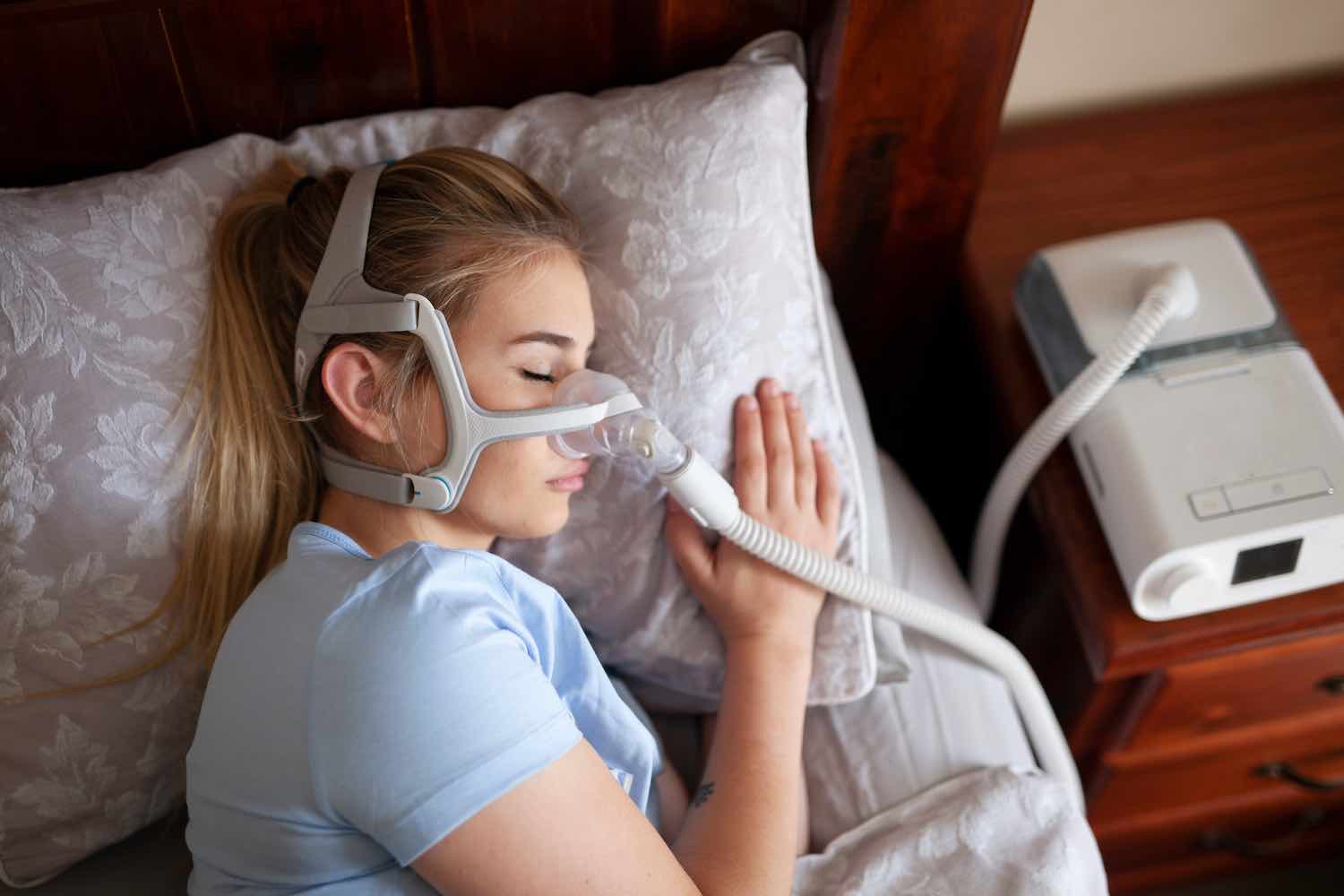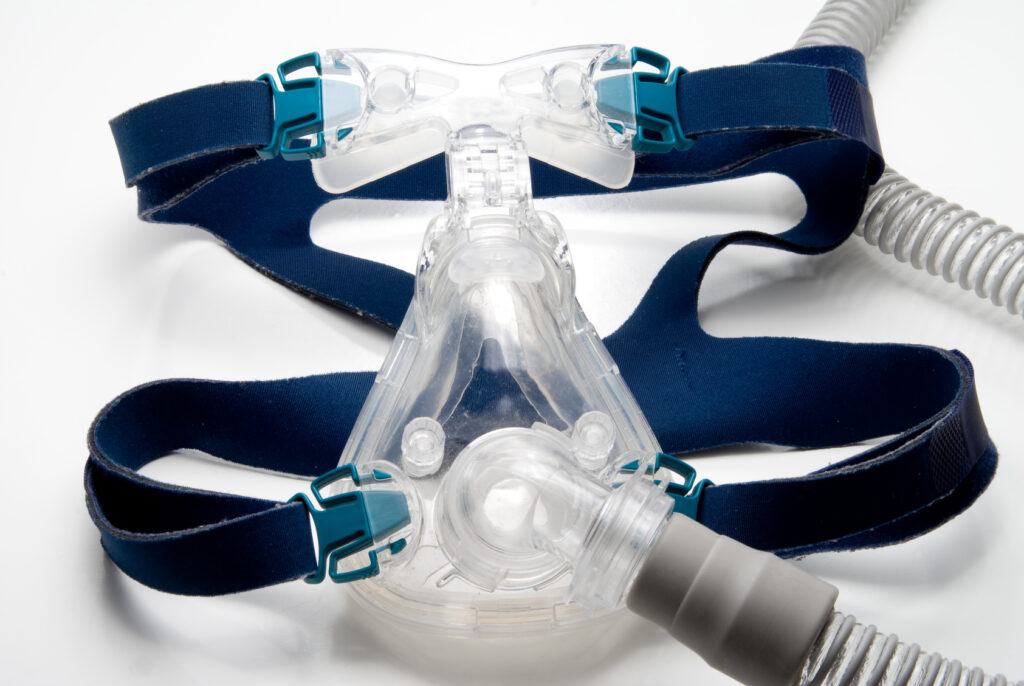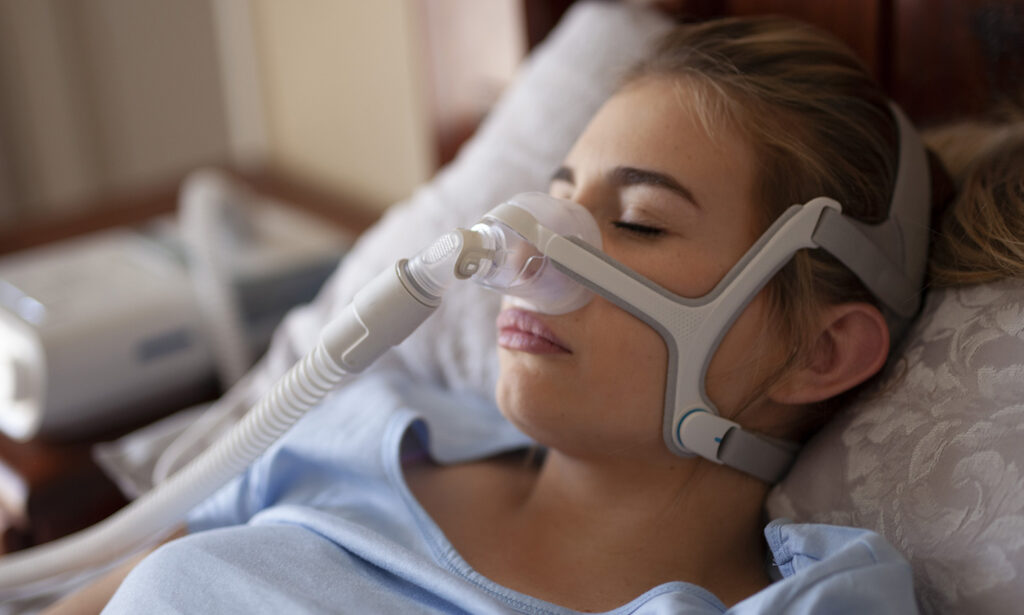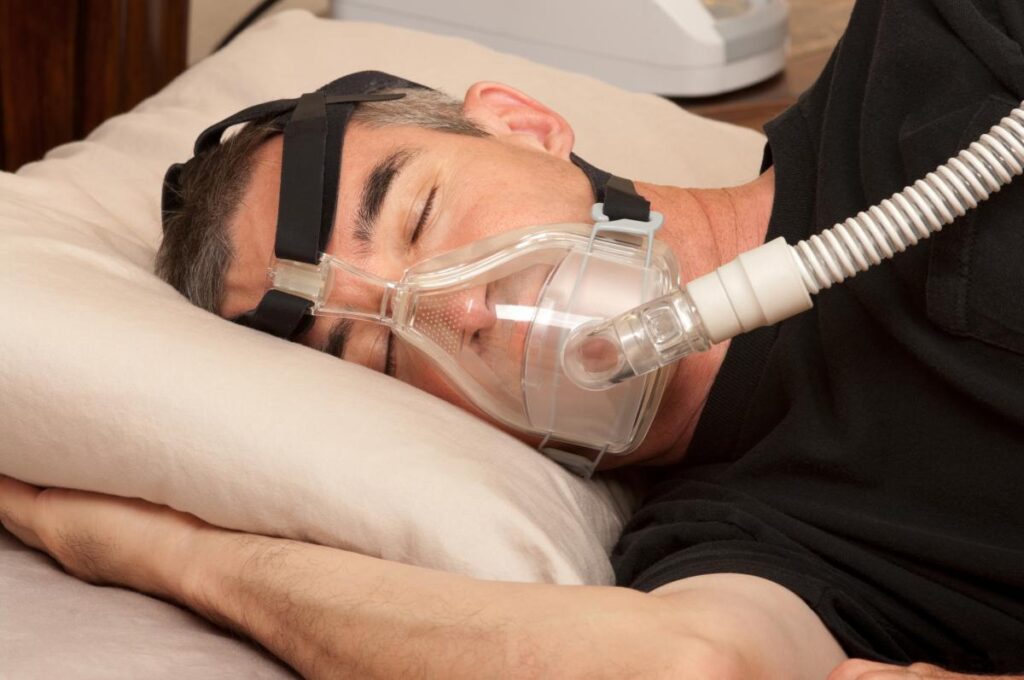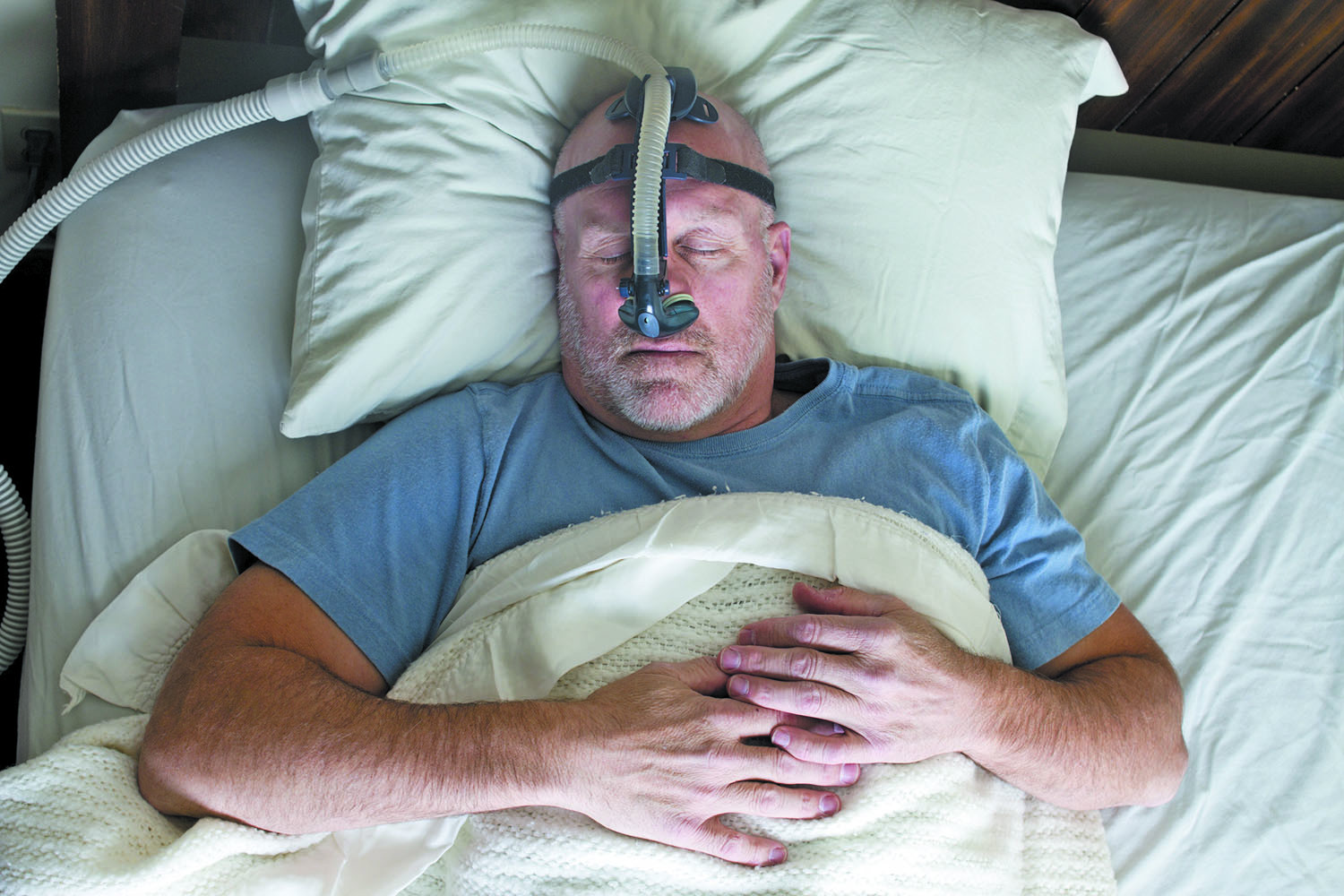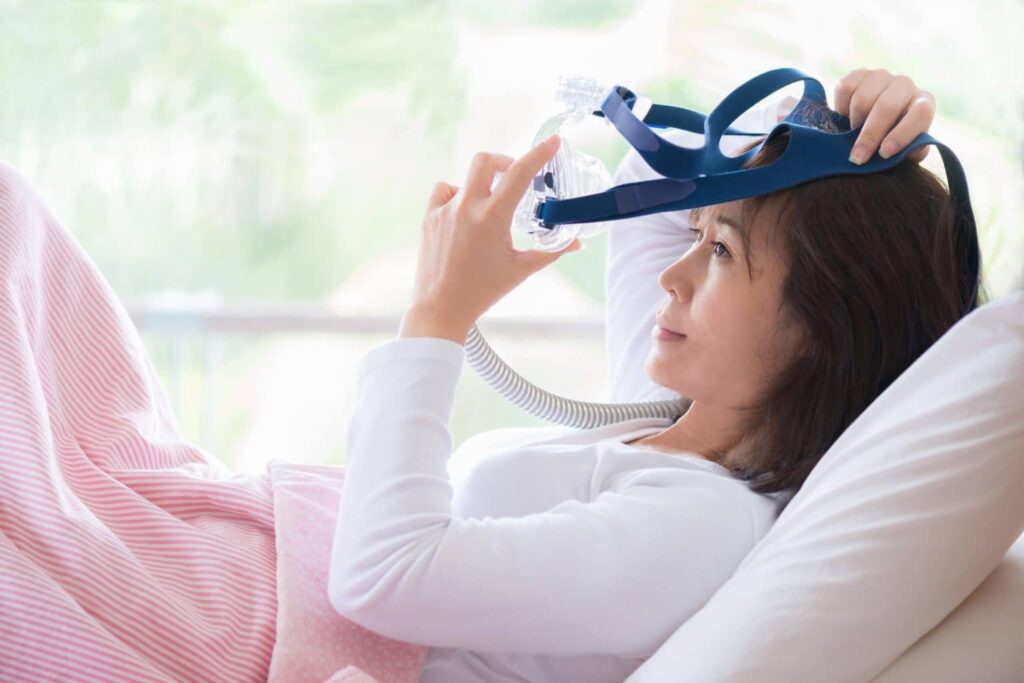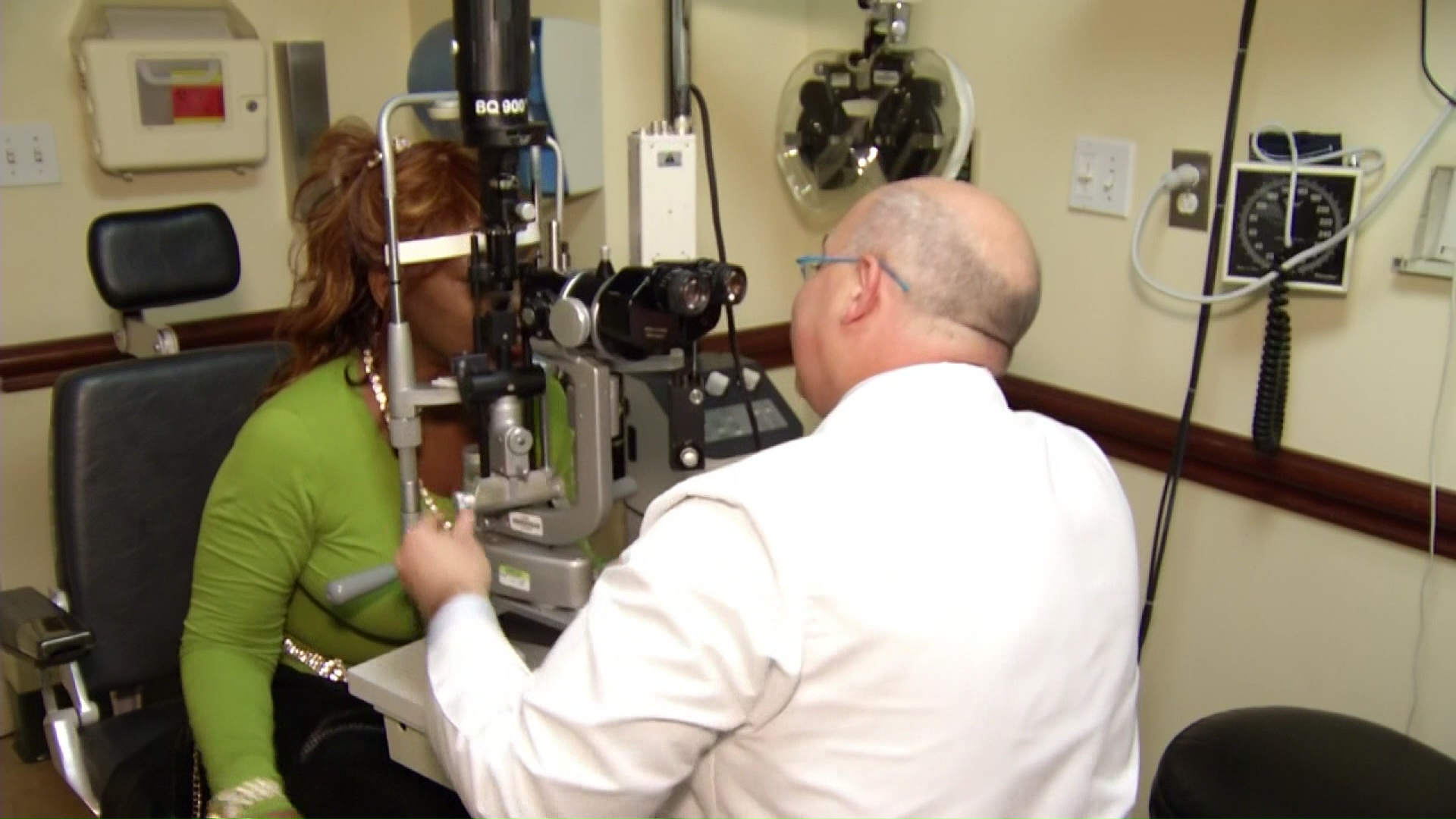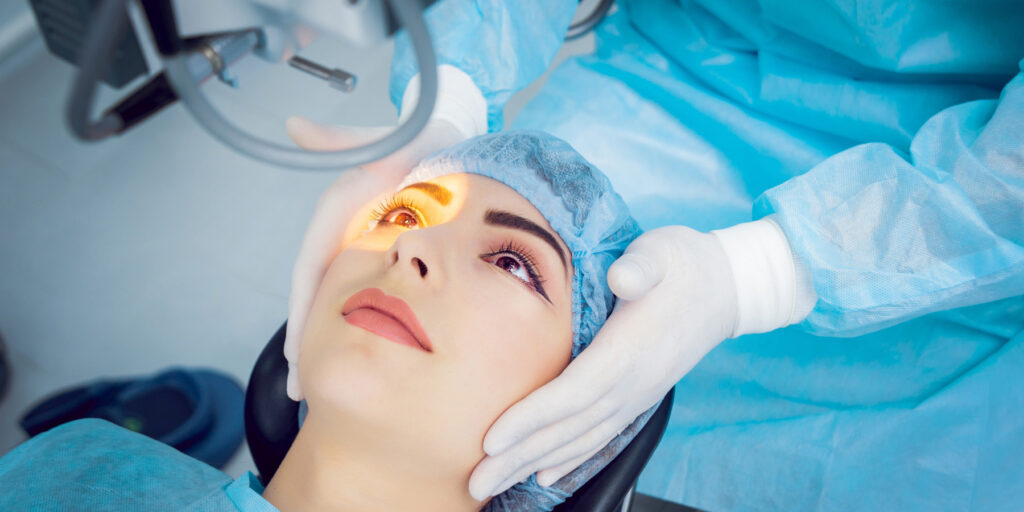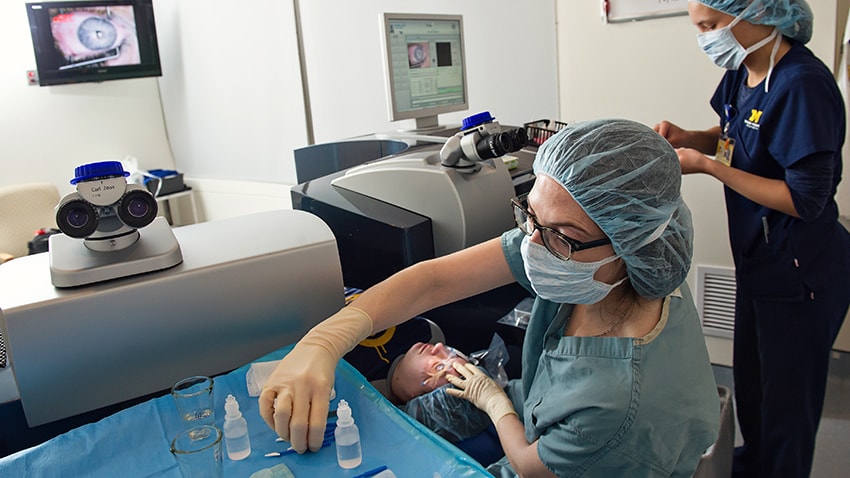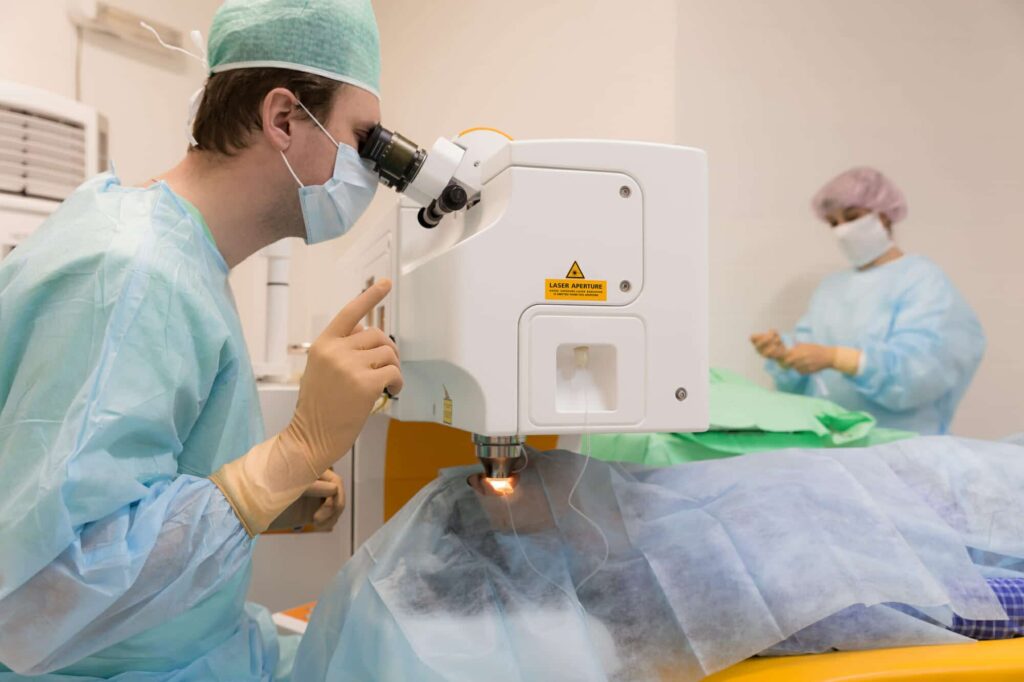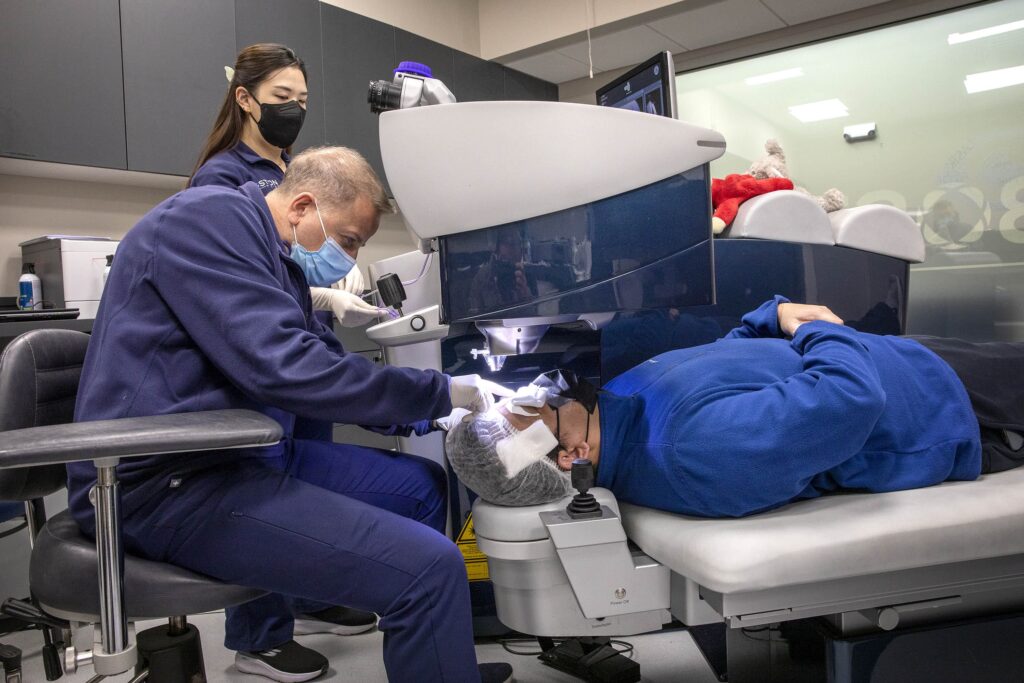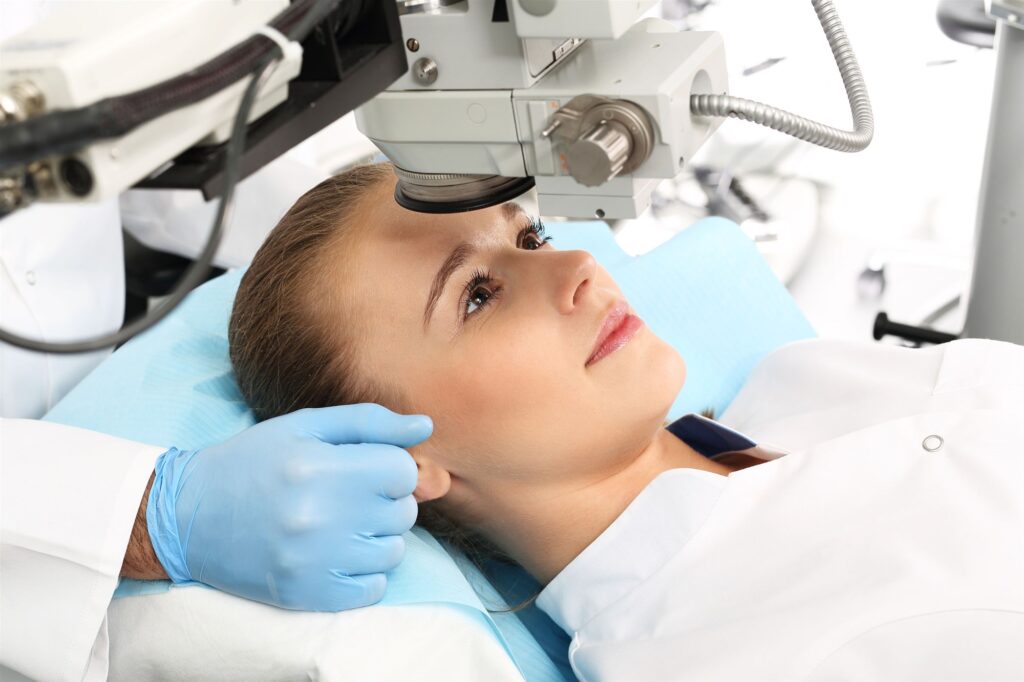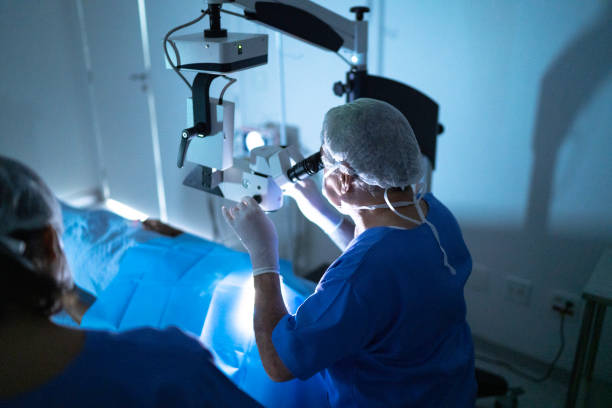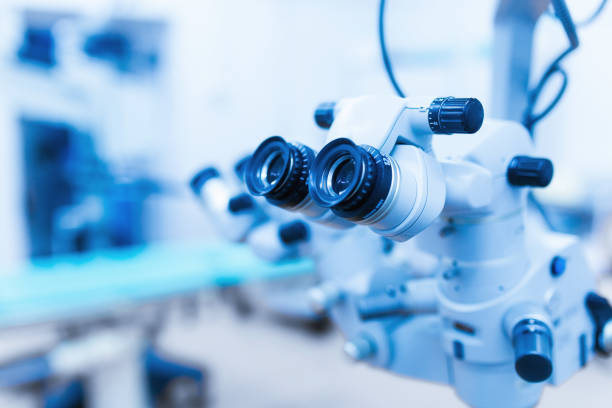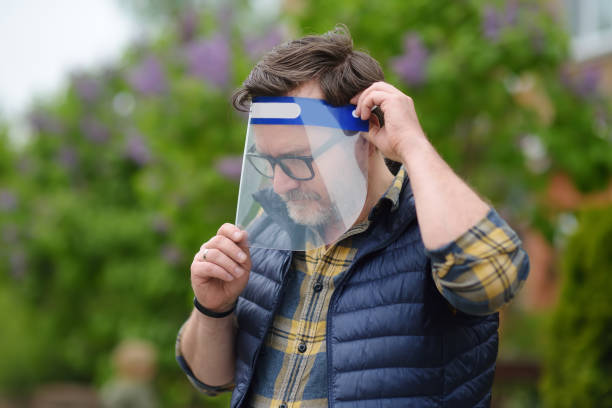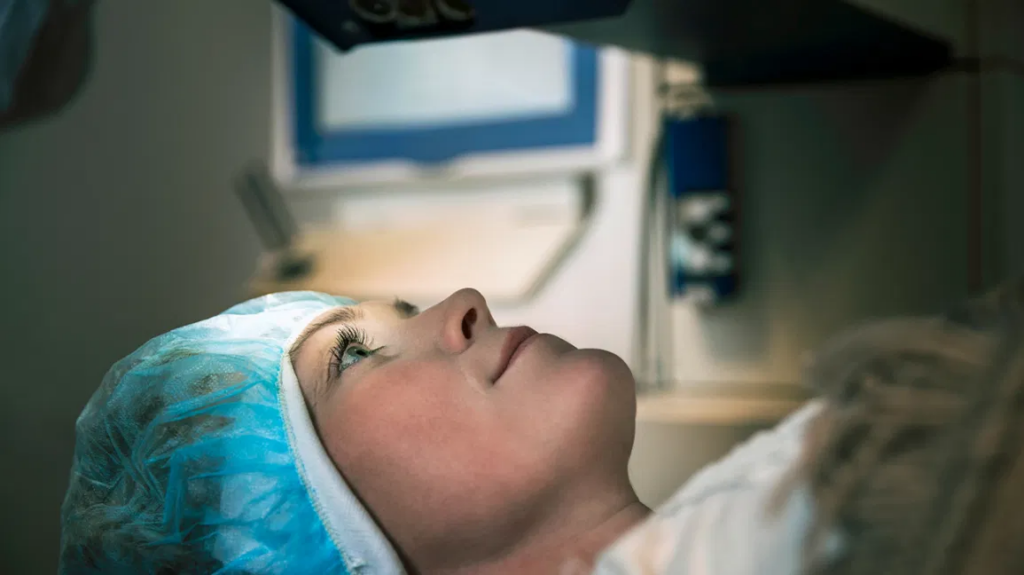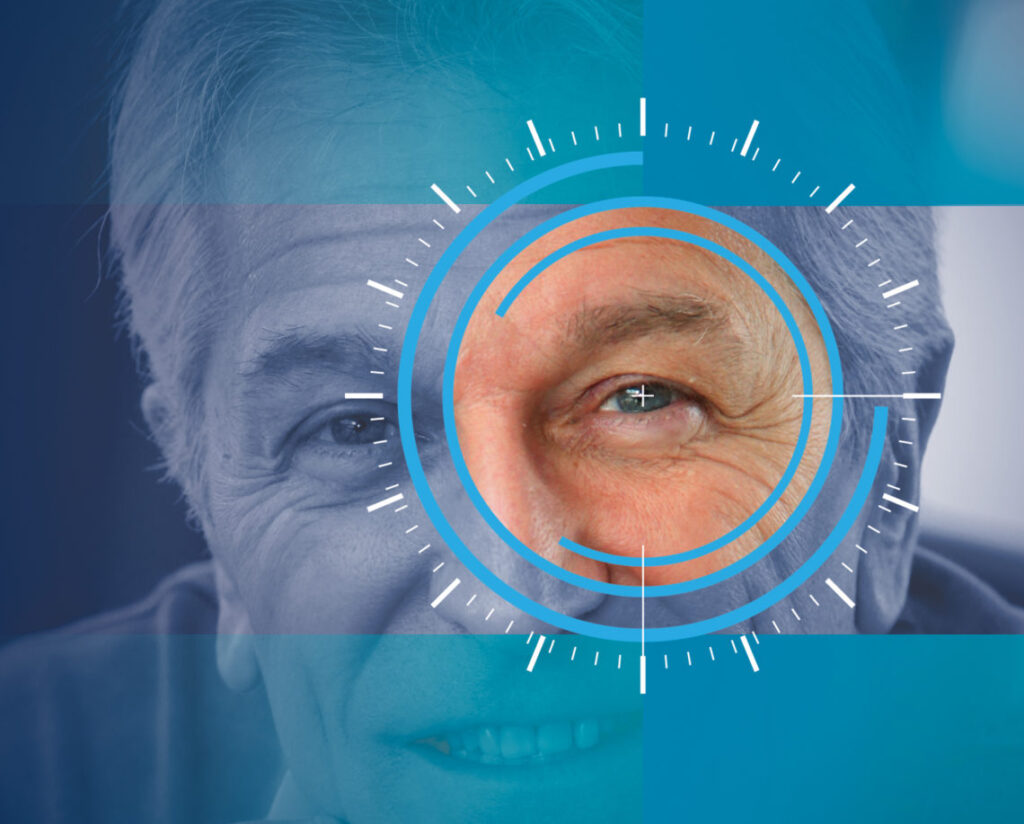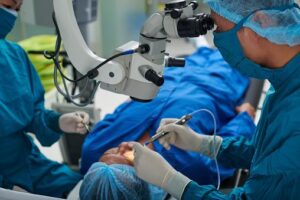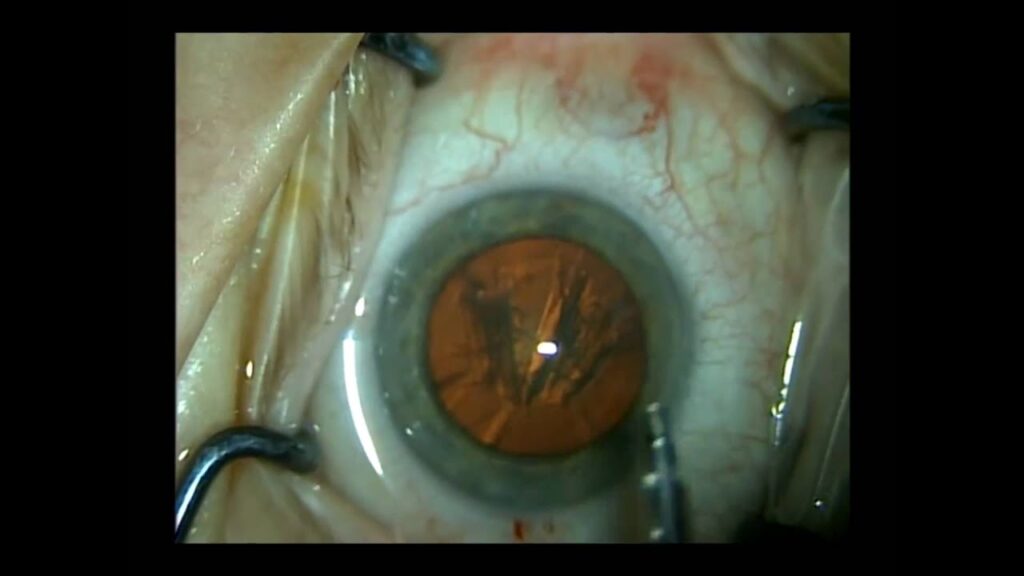CPAP machine is one of the most commonly-seen devices that people barely know their essence. Amusingly, most people don’t even know its name. Meanwhile, the life-assisting machine is efficient enough to promote sound and healthy living. Could this machine be the eventual solution for your health issues? Let’s have a detailed check on this device. This comprehensive guide will expose you to the types, uses and benefits of CPAP machines.
What is a CPAP Machine?
First, CPAP means Continuous Positive Airway Pressure. Hence, cpap machine is a device that helps send a constant flow of (pressurized) air into the nose and mouth while people sleep. The essence of this practice is to keep users’ airways open, helping them breathe normally all through the night. Click here for essential questions to ask a CPAP machine supplier.
CPAP machine is mostly prescribed for people with Obstructive Sleep Apnea (OSA) which causes hindrances in their breathing. OSA occurs when the airways or throat collapses or becomes temporarily blocked.
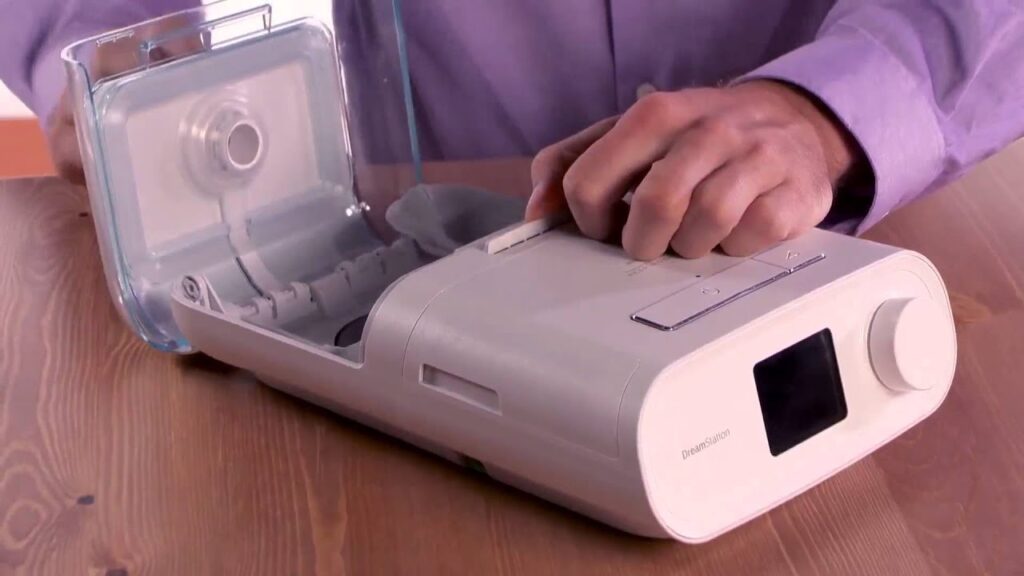
When you start to notice you have difficulty in breathing while sleeping, CPAP machine could be your best solution. The machine allows you to have a sound sleep at a stretch without waking up at intervals. Not only that users are guaranteed to wake up feeling energized and refreshed.
Are you considering buying a CPAP machine? That’s a good idea! But, before you dash to the market, it is important for you to have a comprehensive knowledge of the machine to make an informed decision and understand how to use it for the best result.
How CPAP Machine Works
CPAP machine features a compressor which generates a steady flow of pressurized air, carrying it through an air filter to a supple tube. The tube supplies cleansed air a well-fitted mask sealed around the nose or mouth
If the machine is in your nose or mouth, it pushes airstream against any obstacles in your airways, creating a free-flow passage to allow plenty of oxygen travel into your lungs. When there’s a smooth inflow of oxygen into your lungs, it helps you have a continuous breathing while sleeping.
No doubt, CPAP machine works efficiently helping you have a comfortable night rest without itch. However, how best it would work for you depends on the type of the mask used. Does that mean the machine comes with different types of masks? Absolutely! And, the type of mask you use has impact on how comfortable you breathe. More so, each type of mask works for different types of Sleep Apnea Disorder (SAP).
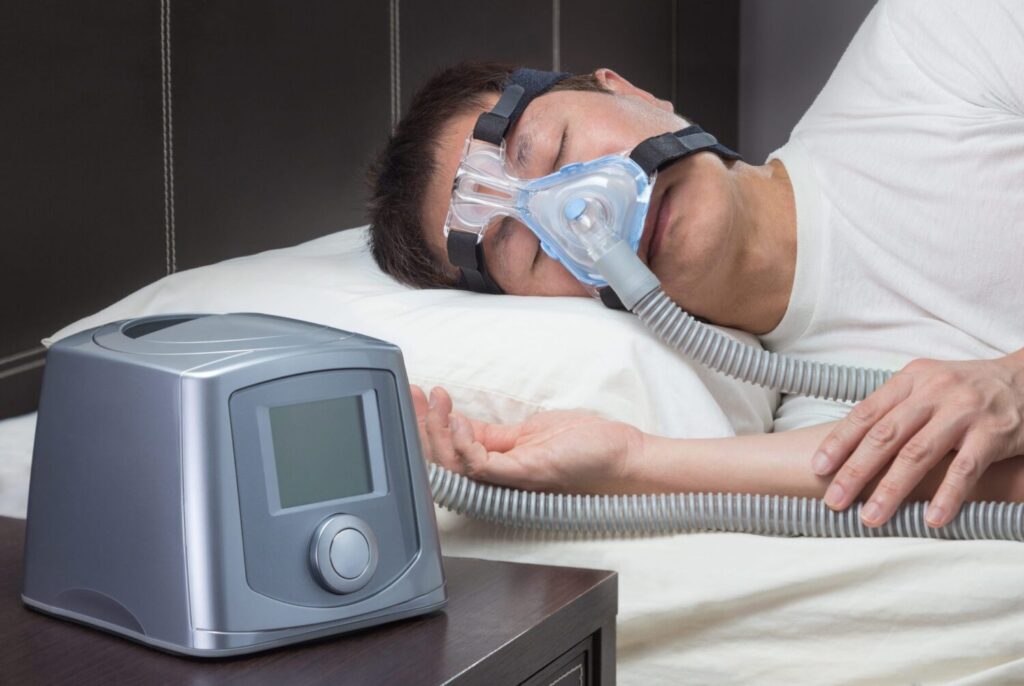
So, what are the different types of masks available?
CPAP machines come with a three major varieties of masks. Your healthcare provider would prescribe the best for you based on the level of your SAP. Here’s the breakdown of the different types of CPAP machine masks and their unique functions:
- Nasal Pillow Mask: This mask comes with a little cushion that covers only your nostril area to deliver properly channeled pressurized air into the appropriate place. Sometimes, it can also feature prongs that fit well into your nostrils which makes it more productive. This type masks is best for users who has the habit of relaxing in their bed wearing eyeglasses. Since it doesn’t occupy much space in the face, you can easily wear your eyeglasses when the machine is fixed to your nose. This type of mask is also good for users with facial hairs which doesn’t allow larger masks to fit perfectly.
- Nasal Mask: This is another cushioned mask that caps the nose area perfectly. It supplies good quality and high-pressure airstream into your airways. This mask doesn’t occupy much space and give users a comfy feel all through the night. This type of CPAP machine mask is good for people that doesn’t stay in a position when sleeping.
- Full Mask: this mask comes in a triangular shape and it’s large enough to cover the nose and mouth sufficiently. Meanwhile, this kind of CPAP machine mask is not always recommended except for users that breathe through their mouth while sleeping. It is also the best option for people who have blockage in their noses.
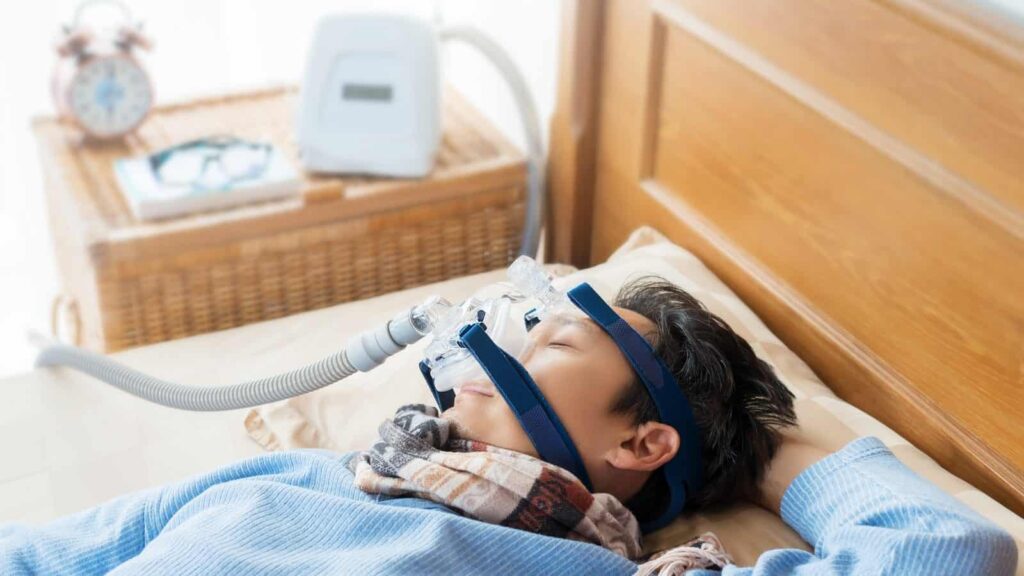
CPAP machine is not the only device available for solving sleep apnea disorder issues. There are a few of other options in the market. These machines are not just alternatives, they differ in functions. Here’s a simple breakdown of how other breathing machines work:
- APAP machine: This Automatic Positive Airflow Pressure device helps to check and monitor how you breathe all through the night. You don’t have to bother about frequent adjustments. As the name implies, this machine automatically adjusts the airflow as you change your sleeping position. In case you are on medications, this machine can also the air pressure to compensate for the change in breathing which be caused by the prescribed drugs.
- BiPAP machine: The Bi-level Positive Airflow Pressure has two pressure settings: one for inhaling and the other for exhaling. This device is best for people who can’t cope CPAP machines or those with much carbon dioxide in their blood. BiPAP machines also feature a backup respiratory rate which works best for people with central sleep apnea. The backup respiratory rate helps the user to breathe excellently.
Meanwhile, CPAP machine doesn’t operate automatically. It has been programmed to deliver pressurized air at a steady level. if you need to make any changes in the air pressure supply, the only option available is to reset the machine settings and reconfigure the flow according to your preference.
What are the health benefits of CPAP Machine?
CPAP machines has numerous health benefits for users. The most recognized is their ability to supply a continuous flow of oxygen to the body while sleeping to prevent the provoking interruptions in breathing while sleeping. This machine also helps improve ability to sleep soundly and lowers the risk of having stroke, heart attack or other cardiovascular event.
Finally
CPAP machines help solve the problems of sleep apnea by supplying a flow of oxygenated air into your lungs through a tube and a mask to help you breathe more conveniently and adequately. It’s also a sure solution to getting sound sleep that rejuvenate the body. Note that CPAP machine can work according to your needs. You only have to reset to your taste.

